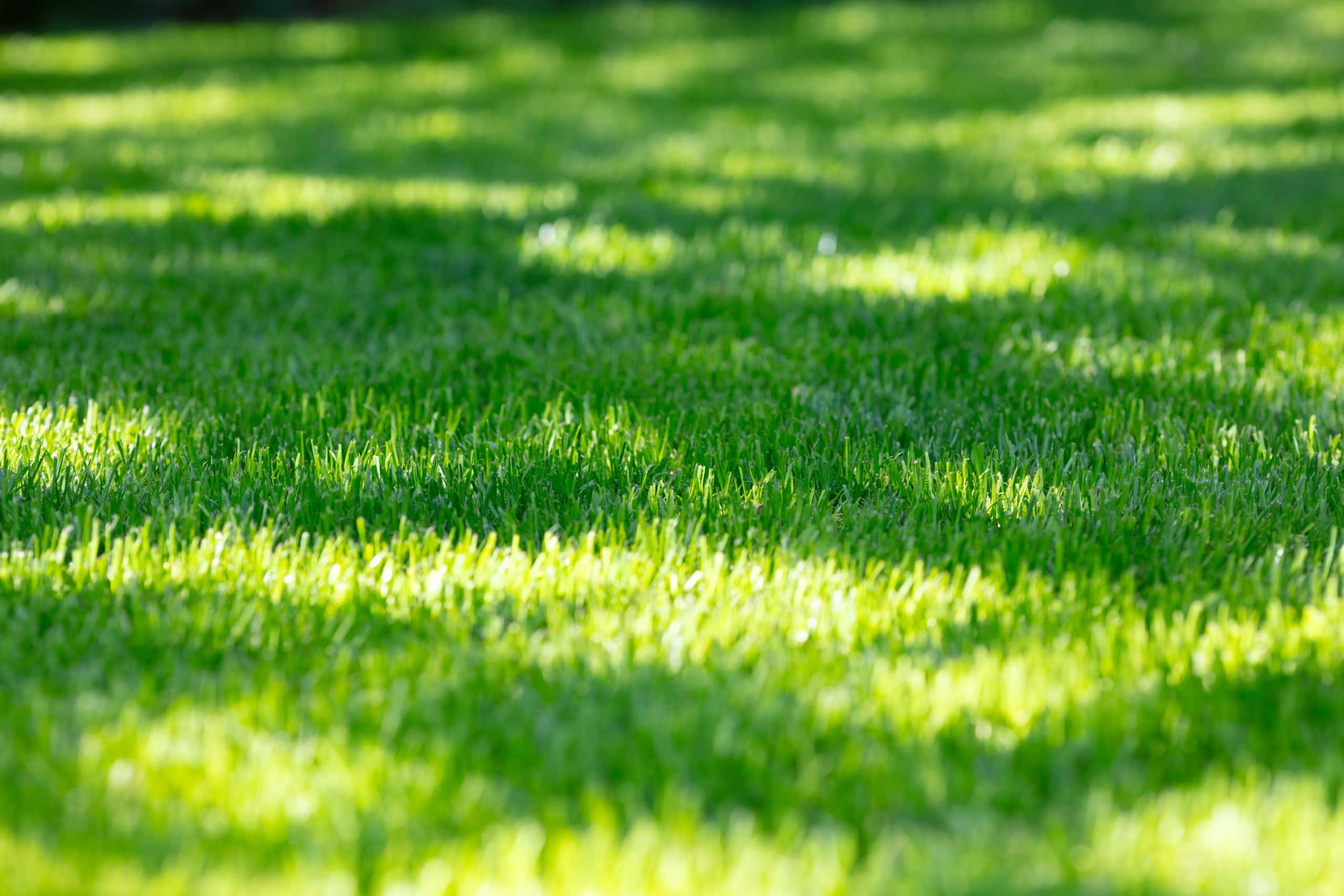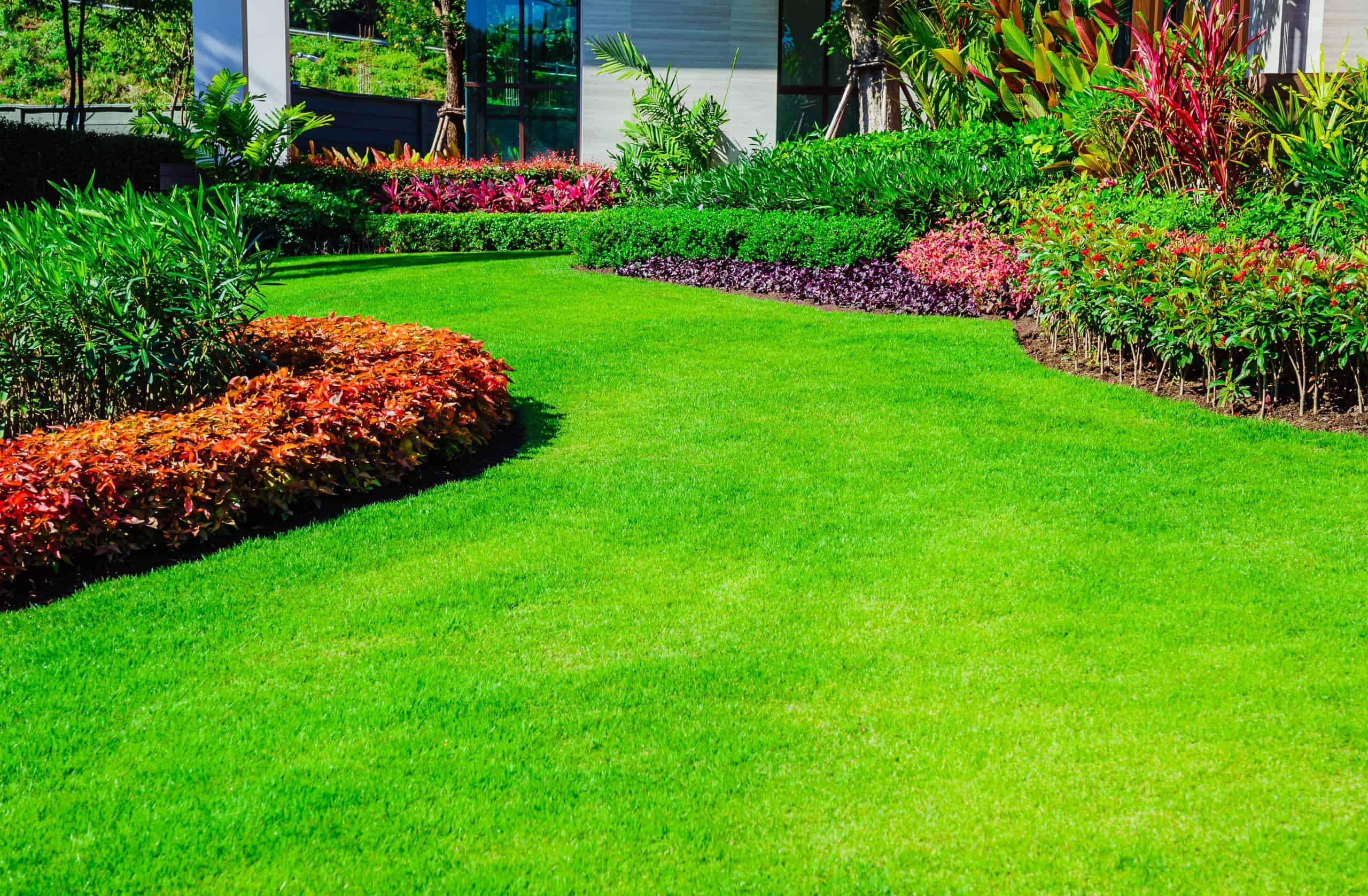Professional lawn care that works with West Babylon’s sandy soil and salt air challenges.

Hear from Our Customers

You get weekends back. No more Saturday mornings wrestling with a mower or wondering why your grass looks thin compared to your neighbor’s.
Your lawn stays green through Long Island’s brutal summers. The kind of thick, healthy grass that actually handles foot traffic from kids and pets without turning into a dirt patch.
You stop guessing about fertilizer timing or whether you’re watering too much. Everything gets handled by people who know exactly what West Babylon’s sandy soil needs and when it needs it.
We’ve been keeping West Babylon lawns healthy for years. We understand what works here and what doesn’t.
Long Island’s sandy soil and salt air create specific challenges that generic lawn care approaches can’t handle. We’ve figured out the fertilization timing, aeration schedules, and mowing techniques that actually work in this environment.
You’re not getting cookie-cutter service. Every property gets evaluated for its specific conditions and needs.

We start with a property assessment. Soil condition, current grass health, problem areas, and what you’re trying to achieve. This isn’t a sales pitch – it’s figuring out what your lawn actually needs.
Regular mowing happens on a schedule that works for your grass type and growth rate. We’re not showing up randomly or cutting too short because it’s convenient for us.
Fertilization and treatments get timed for Long Island’s growing seasons. Spring preparation, summer stress protection, fall strengthening, and winter prep all happen when your lawn can actually use them.
Aeration addresses the soil compaction that’s common here. Your grass roots need to breathe, especially in our sandy soil that can pack down hard.

Ready to get started?
Regular mowing with professional equipment that cuts clean and doesn’t stress your grass. Height adjustments based on season and grass type, not whatever’s easiest.
Fertilization programs designed for West Babylon’s soil conditions. Spring feeding, summer protection, and fall strengthening that actually matches what your lawn needs when it needs it.
Aeration services that address the compacted soil issues common in our area. Your grass roots get the air and water penetration they need to stay healthy through summer stress and winter dormancy.
Seasonal cleanup and preparation so your lawn transitions properly between growing seasons. This includes leaf removal, debris cleanup, and preparation for dormant periods.

Local Resources